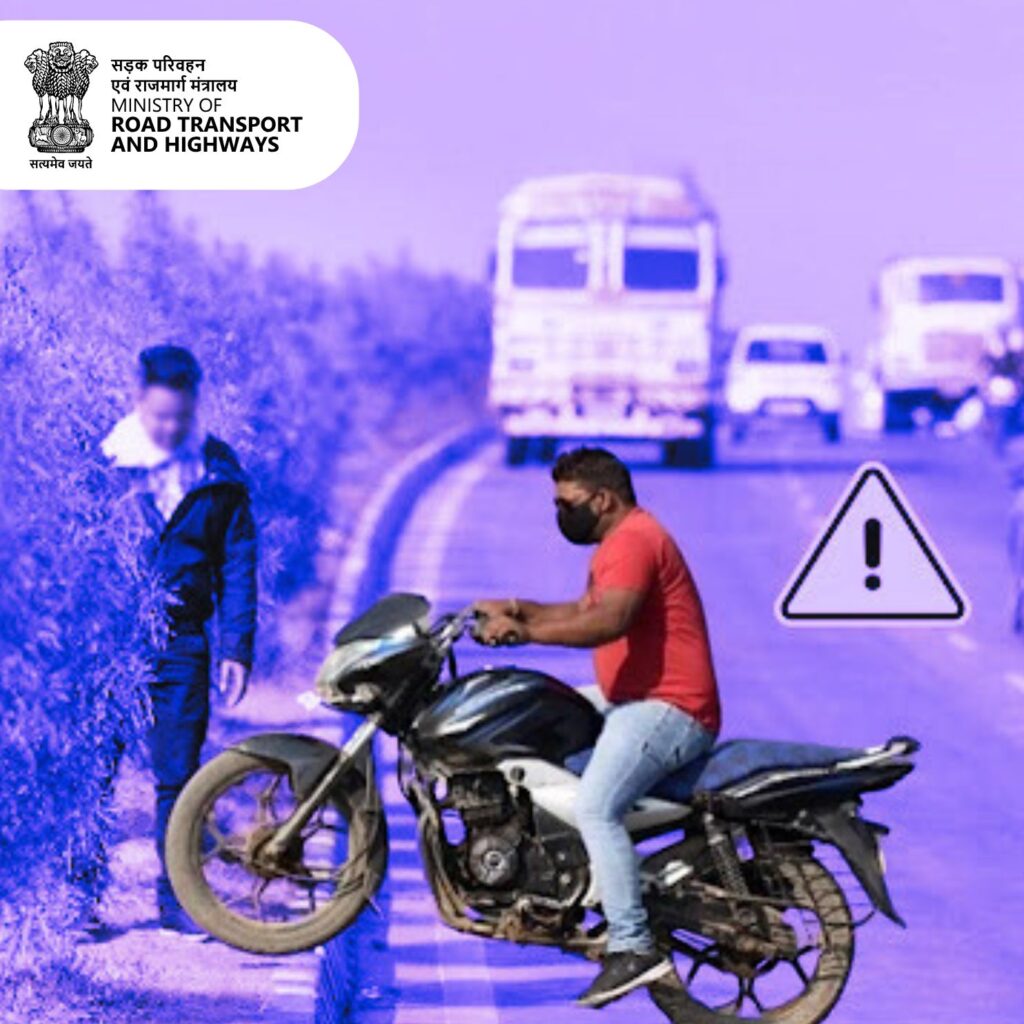In a spectacular sight, nearly two crore baby Olive Ridley turtles along the Odisha coast made their way to the sea after hatching. With the restricted movement of people due to the ongoing COVID-19 lockdown, over eight lakh Olive Ridley turtles had returned to the coasts of Odisha, at the Gahirmatha beach and the rookeries in Rushikulya, for mass nesting in late March.
According to officials, with no human interference, the hatchlings began emerging from the sand and started their journey to the sea since the start of May.
Susanta Nanda, an Indian Forest Service officer from Odisha, shared a clip of the hatchlings making their way to the sea, calling it a ‘sight that casts magical spell year after year.’
‘Nearly 2 crore plus olive Ridley hatchlings have emerged & made their way to the sea from half of about 4 lakh nesting at Nasi-2 islands, Gahirmatha rookery Odisha. The spectacle continues. Early morning video,’ he tweeted on May 8.
A sight that casts magical spell year after year Nearly 2 crore plus olive Ridley hatchlings have emerged & made their way to sea from half of about 4 lakh nesting at Nasi-2 islands, Gahirmatha rookery Odisha.The spectacle continues. Early morning video. pic.twitter.com/C0IKTWNCko
— Susanta Nanda IFS (@susantananda3) May 8, 2020
In another video, the forest officer showed how the baby turtles came out of the sand at night.
‘Lockdown lifted for our guests at one more rookery of Olive Ridley in Odisha coast yesterday night. Hatchlings of sea turtle started coming out of nests from the mass nesting site at Gokharakuda beach of Rushikulya delta,’ he said.
Lockdown lifted for our guests at one more rookery of Olive Ridley in Odisha coast yesterday night Hatchlings of sea turtle started comming out of nests from the mass nesting site at Gokharakuda beach of Rushikulya delta.The magical spell of seaward journey will continue. pic.twitter.com/bVElxC1JMX
— Susanta Nanda IFS (@susantananda3) May 8, 2020
According to Kendrapara forest department, such a mass sighting of hatchlings have never been seen in the past decade.
‘A total 2,05,10,000 hatchlings have begun their new journey into the Bay of Bengal. It has been going on for the last five days. Such a big number of hatchlings emerging out of eggs was never seen in the past decade. The process will continue for the next two days,’ the official was quoted by Orissa Post.
For the past several years, there were hardly any turtles because of crowds, ships, and constant human intervention. These turtles are rare and are known for coming to Indian shores and Odisha’s coast for mass nesting, every nesting season.
The Odisha Wildlife Organisation (OWO) said that almost 50 per cent of the world’s population of Olive Ridley turtles come to Odisha’s coast for nesting, but it is difficult to make the eggs hatch successfully as they are either eaten up by strays or destroyed by fishing boats.
The Divisional Forest Officer of Bhadrak further shared a video to show how the turtles build their nests during the mass nesting.
Ever wondered how turtles dig their nests ?? Olive Ridley Turtles on the beaches of Odisha. @odishawildlife @Poornima_ifs pic.twitter.com/Jb3piHg0f1
— DFO Bhadrak (WL) (@DfoBhadrak) May 8, 2020
The Olive Ridley turtle gets its name from the olive-green hue of its shell. According to the World Wildlife Fund, although they are the most abundant of all sea turtles, they are vulnerable because they nest in very few places.
Also Read: With Humans Locked Indoors, Lakhs Of Olive Ridley Turtles Return To Odisha’s Coast










